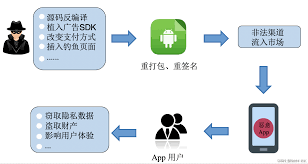
当我们做完vue项目的时候,经常会考虑去优化的,今天我们分享几点常规法则,便于大家少走弯路吧。
// 导入Vue.js
import Vue from 'vue';
// 关闭Vue.js的生产提示
Vue.config.productionTip = false;
// 创建Vue实例
new Vue({
// 挂载到id为app的DOM元素上
el: '#app',
// 数据
data: {
message: 'Hello Vue!'
},
// 模板
template: '<div>{{ message }}</div>'
});
// 使用Vue.js的生产版本
Vue.config.productionTip = true;
// 使用CDN引入Vue.js的生产版本
<script src="https://cdn.jsdelivr.net/npm/vue"></script>
// 使用keep-alive缓存组件
<keep-alive>
<component :is="currentTabComponent"></component>
</keep-alive>
// 使用v-once指令缓存静态内容
<span v-once>{{ staticContent }}</span>
// 使用v-for指令的key属性提高渲染效率
<ul>
<li v-for="item in items" :key="item.id">{{ item.name }}</li>
</ul>
// 使用v-if和v-show指令根据需要渲染组件
<template>
<div>
<div v-if="showComponentA">
<component-a></component-a>
</div>
<div v-show="showComponentB">
<component-b></component-b>
</div>
</div>
</template>
// 使用异步组件提高首屏加载速度
Vue.component('async-component', function (resolve, reject) {
setTimeout(function () {
resolve({
template: '<div>Async Component</div>'
});
}, 1000);
});
// 使用路由懒加载提高页面加载速度
const Foo = () => import('./Foo.vue');
const Bar = () => import('./Bar.vue');
const router = new VueRouter({
routes: [
{ path: '/foo', component: Foo },
{ path: '/bar', component: Bar }
]
});
// 使用webpack的代码分割功能提高页面加载速度
optimization: {
splitChunks: {
chunks: 'all'
}
}
大家可以试试吧。
 51工具盒子
51工具盒子






